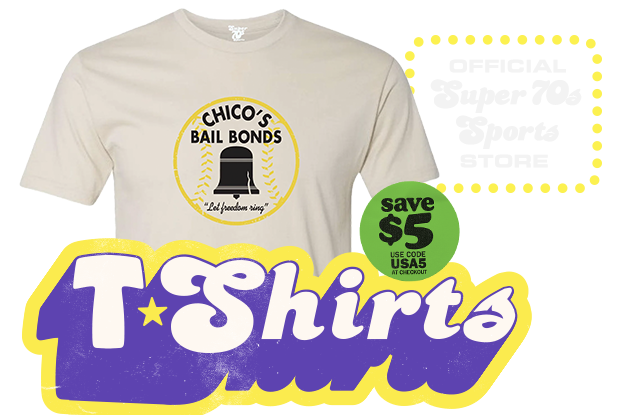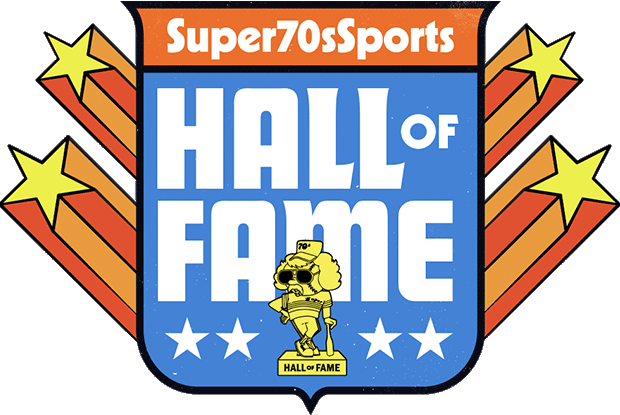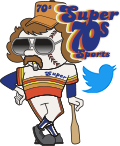The 1970s and ’80s weren’t just decades—they were moist decades, and nowhere was that more evident than the foreheads of our finest athletes. Enter the headband: that glorious loop of terry cloth that straddled the line between utility and fashion crime.
At first, headbands served a noble purpose. You sweat? It caught it. You ran wind sprints in 95-degree heat? That tiny towel on your brow had you covered—literally. But like everything else in those years, we turned the volume up as high as you could crank it. Suddenly, it wasn’t just about stopping sweat. It was about making a statement.
We had rainbow stripes, neon colors, sequins (yes, sequins), and brand logos big enough to be seen from space. Players like Pistol Pete, Dr. J, and Björn Borg didn’t just wear headbands—they embodied them. You weren’t just playing tennis; you were throwing down a fashion gauntlet at center court.
Kids wore them to school. Dads wore them to mow the lawn. Aerobics instructors wore two at once. It didn’t matter if you were actually sweating—you had to look ready to sweat.
And let’s not forget the unspoken downside: that headband was holding onto every drop of perspiration it ever absorbed. By the third week of use, your stylish forehead halo smelled like the inside of a gym sock that lost its will to live. And yet? You kept wearing it. Because by that point, the headband was part of you.
Today, they’re mostly ironic accessories or Halloween costume essentials. But back then, they were forehead armor—sweat-fighting, fashion-defining, oddly heroic symbols of a time when nobody told us to tone it down.








